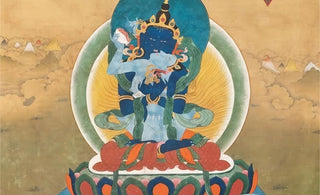
Tibetan Buddha statues, with their exquisite craftsmanship and profound symbolism, serve as gateways to the realm of divine teachings. These ...

Receive Sacred Updates
Discover the blessings and cosmic energy behind our spiritual jewelry.
Let your inner spirit resonate—starting now.
Your cart is currently empty.
Start ShoppingDiscover today’s featured pieces — chosen to bring clarity, calm, and connection.